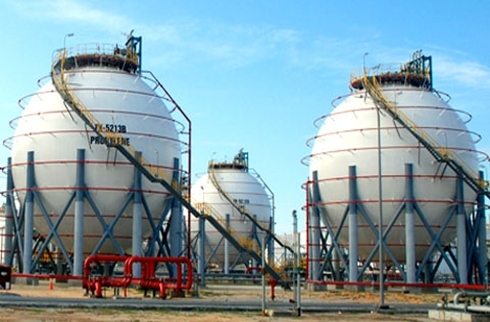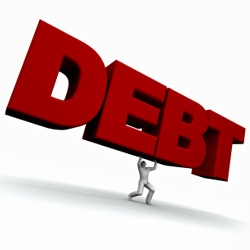Foreign direct investment driven to central region
Foreign direct investment driven to central region
The northern provinces and coastal localities in the central region -- not the existing big economic zones, now lead the country in terms of the foreign direct investment (FDI) attracted.

The Foreign Investment Agency (FIA) has noted the rise of the central provinces in attracting FDI recently.
In the first four months of the year, Vietnam attracted $8.2 billion worth of FDI, an increase of 17 percent over the same period of the last year. The FDI poured into the midland and mountainous areas in the north soared by 100 times, to the central region by 15 times. Meanwhile, the capital into the Red River Delta and the east of the southern region decreased by 40 percent.
The east of the southern region, where there are big industrial zones in Binh Duong and Dong Nai provinces, had always been leading the country in terms of the FDI capital until 2013. In 2012, the region attracted $6.2 billion worth of registered FDI capital, amounting to 50 percent of the total FDI capital promised. Meanwhile, the northern and central localities attracted $1.9 billion worth FDI only, or 1.5 percent of the total investment.
The huge $2 billion project of Samsung alone has helped Thai Nguyen province make a high jump in the list of the localities attracting FDI. The same things have occurred with Thanh Hoa province in the central region with the Japanese $2.8 billion Nghi Son oil refinery project, and the bus part manufacturing factory capitalized at $1 billion in Binh Dinh province.
It seems that the efforts by the local authorities to attract FDI have been requited. Foreign investors now tend to flock into the central region instead of the northern and southern economic zones, responding to the huge investment incentives offered by the localities.
Foreign investors nowadays are not only attracted by the huge tax incentives, but also by the upgraded infrastructure. The Tho Xuan airport has been developed in Thanh Hoa province. In an effort to develop the northwestern economic zone, highways have been built linking Hanoi and Lao Cai, Lang Son and Thai Nguyen.
In the central region, the industrial zones of Nhon Hoi, Chu Lai have the area larger by 2-3 times than the industrial zones in the northern region (Bac Ninh, Vinh Phuc) or southern region (Binh Duong), suitable to the multi-billion dollar projects that need large land area.
Especially, the local authorities have made the strongest commitments about their readiness to support foreign investors and ease the administrative procedures.
The Ha Giang provincial authorities recently organized an investment promotion conference in Hanoi, calling for the investment into the stone plateau, while Ninh Thuan provincial authorities have called for the investment into the projects that support the 2 nuclear power plants. Binh Dinh provincial authorities have sent staff to Japan and Thailand to promote investment.
The Ministry of Planning and Investment is moving ahead with a long term plan to call for the investment to the northwestern provinces.
Especially, Lao Cai in the north and Binh Dinh in the central region have recently been listed among the top 5 of localities with the highest PCI (provincial competitiveness index), outstripping the big cities of HCM City or Da Nang.
Dr. Nguyen Mai, Chair of the Vietnam Association of Foreign Invested Enterprises (VAFIE) has noted that Vietnam tends to offer investment incentives in accordance to investment localities instead of business fields.
“Investors won’t get any incentives when developing garment and footwear projects in Hanoi and Vinh Phuc province, but they will get incentives if they invest in Cao Bang, Ha Giang or Yen Bai,” Mai said.
vietnamnet




















